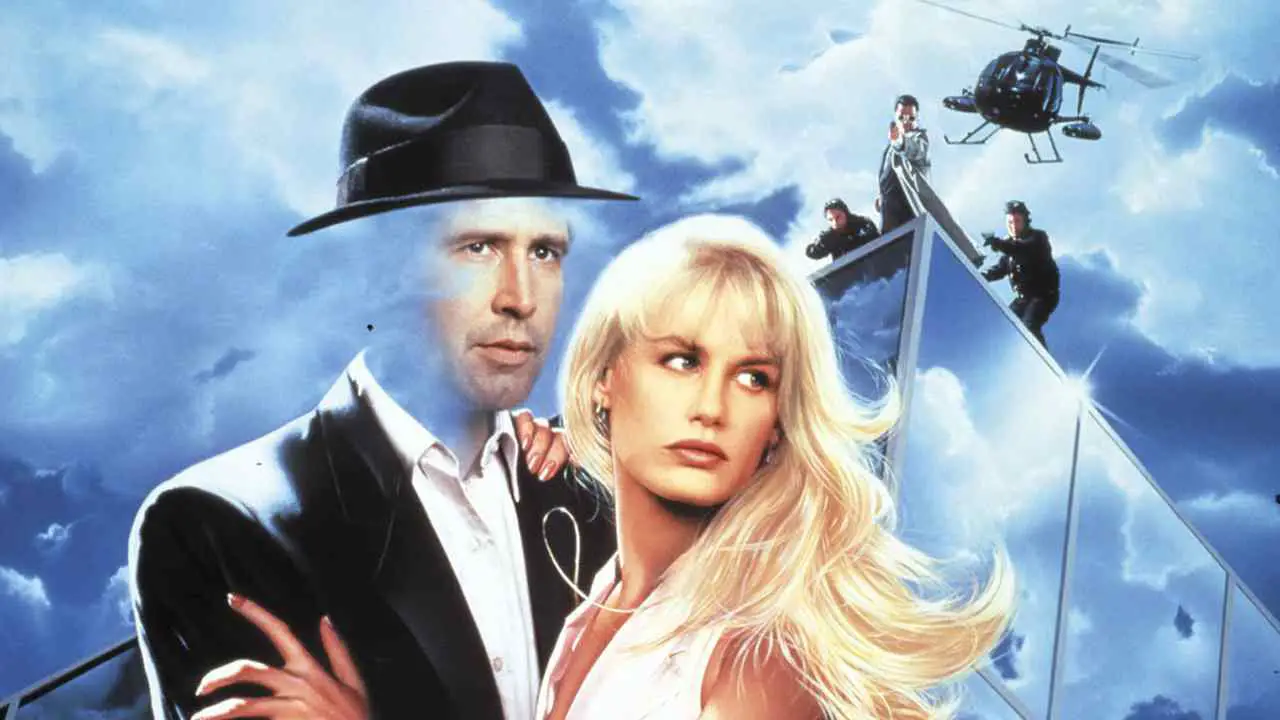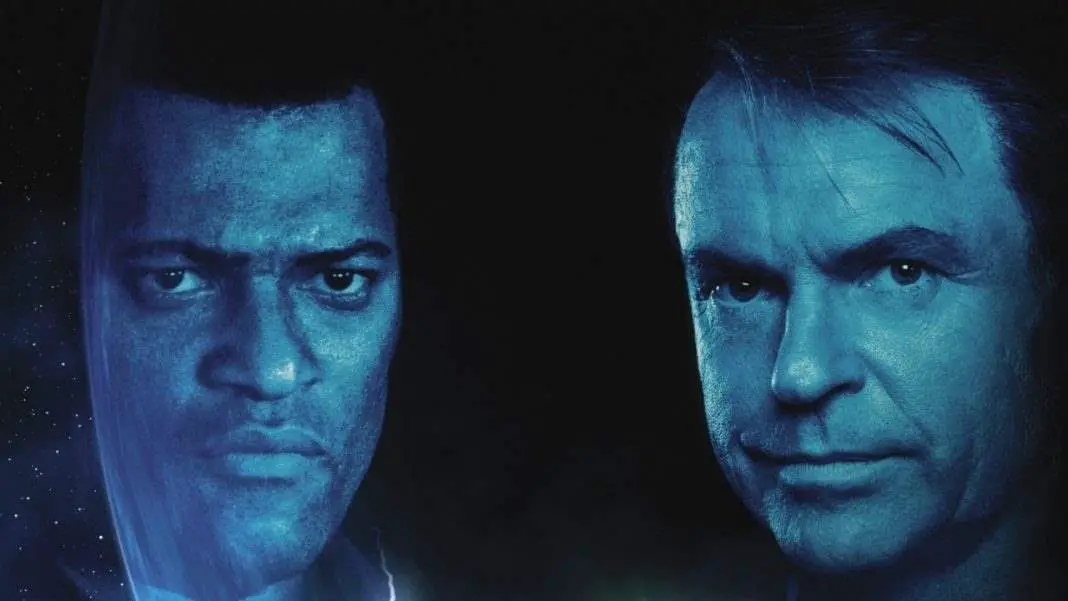The masters of horror are incredibly talented individuals. We all know who they are and are familiar with their many accomplishments. They’ve given great things to the genre. But in a director’s career, especially a working director like most of them are, not every movie is going to be a hit right out of the gate. All of them have a few misses in their careers.
The truth is, the industry is unpredictable and often cruel. It’s not like the filmmaker decided they weren’t going to try this time, or that they didn’t care. But with the amount of arguments and extremely vocal opinions of studio executives, it’s amazing that any movies actually turn out well. Whatever the case may be, here are four that definitely did not work.
Dario Argento’s Dracula 3D
To be honest, Dracula 3D is standing in for most of the movies Argento has directed in the past twenty plus years. This one just happens to be the latest to see release. It’s unfortunate, of course, because he is one of the all time masters and has directed some of the most incredible films in the history of the horror genre. But this one is inexcusable. Having seen it, I’m still shocked it’s not a late-night softcore adult film. Even then it is far too focused on what Argento must have thought would be riveting dialogue. After an opening that at least seems to be focused on adapting the Dracula story, we are then led into a series of bizarre and barely connected scenes that ultimately culminate in the Count turning into a giant CGI praying mantis. The intent was clear, Argento was trying to ape both the style of the British Hammer films and the insanity of Jess Franco’s productions, but falls flat in terms of recapturing either.

John Carpenter’s Memoirs of an Invisible Man
John Carpenter has had more hits than misses in his career, even if they weren’t all financial successes. Later films like Prince of Darkness, In the Mouth of Madness and Vampires are excellent even if they don’t have the massive following of features like Halloween, The Thing, and Escape from New York. In the 1980’s, Carpenter wanted to branch out with his career. He got to do this a little bit with Starman and Big Trouble in Little China, neither of which is a horror film. While both of those are lighter features with a lot of humor, neither is an outright comedy. Memoirs of an Invisible Man was his chance to do that. It was a major studio production and Chevy Chase was already attached to star. This was Carpenter’s opportunity to do full-fledged comedy. Unfortunately, Chase was also looking to branch out with his career and wanted to do the film in a dead-serious tone. Considering that the picture went into production with a horror director who wanted to do comedy and a comedy star who wanted to do a horror film, it’s no surprise that the end result is painfully uneven and just doesn’t work.
 Tobe Hooper’s Invaders from Mars
Tobe Hooper’s Invaders from Mars
The late Tobe Hooper had a bit of a rocky career. But that doesn’t change the fact that the movies he made that were great were really great. The Texas Chain Saw Massacre, Poltergeist and Salem’s Lot are three of the all-time classics. Invaders from Mars might not be the worst that Hooper made, but it’s the one with the most unrealized potential. Remakes of 1950’s films were big at the time, and most of them were successful. The Thing, The Fly and Chuck Russell’s remake of The Blob were all extraordinary features that were each very different in their own right. Invaders from Mars should have been one of them. Unfortunately, it just wasn’t. It is a movie that, aside from some neat FX work, fails at even being interesting. The tone is awkward, the acting is flat, and while it can be watchable if you’re in the right mood, it should have been so much more than it was.

Wes Craven’s Deadly Friend
Like Carpenter’s Memoirs of an Invisible Man, this one was an incredibly muddled production and was pretty much doomed from the start. An adaptation of Diana Henstell’s novel, Friend, the late Wes Craven’s film was meant to be faithful to the source material, which was not a horror story. The original focus was on plot, character development and how the sci-fi elements of the feature effect the protagonist and his friends. Initially, there were no scenes of graphic violence or outright scares. But the test audiences, expecting a Wes Craven movie, demanded more gore. Warner Bros. insisted upon re-writes and re-shoots, leading to some of the most over-the-top death scenes of all time. What started out as a serious character piece wound up becoming unintentionally funny, which is rough. This was Craven’s first feature after the major success of A Nightmare on Elm Street, yet was such a huge failure that it still took him a couple years to recover from it before tackling his next picture, The Serpent and the Rainbow.








